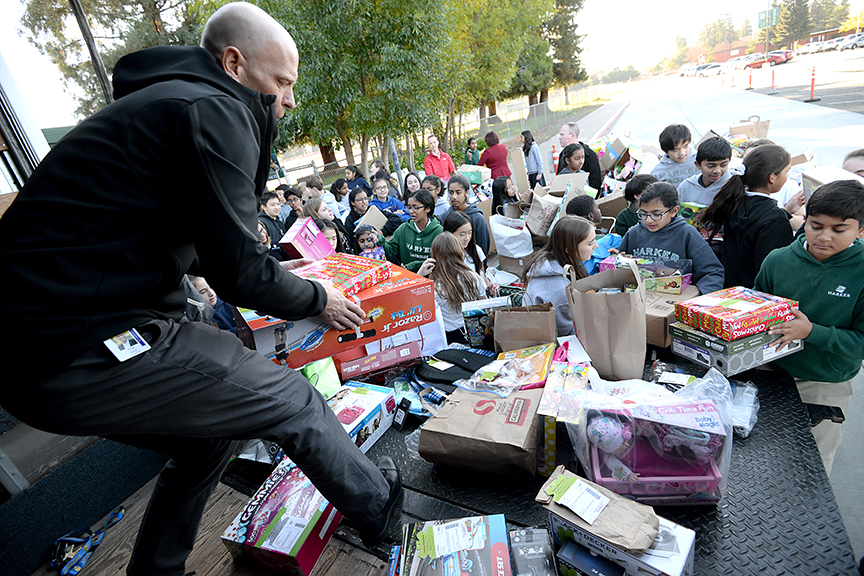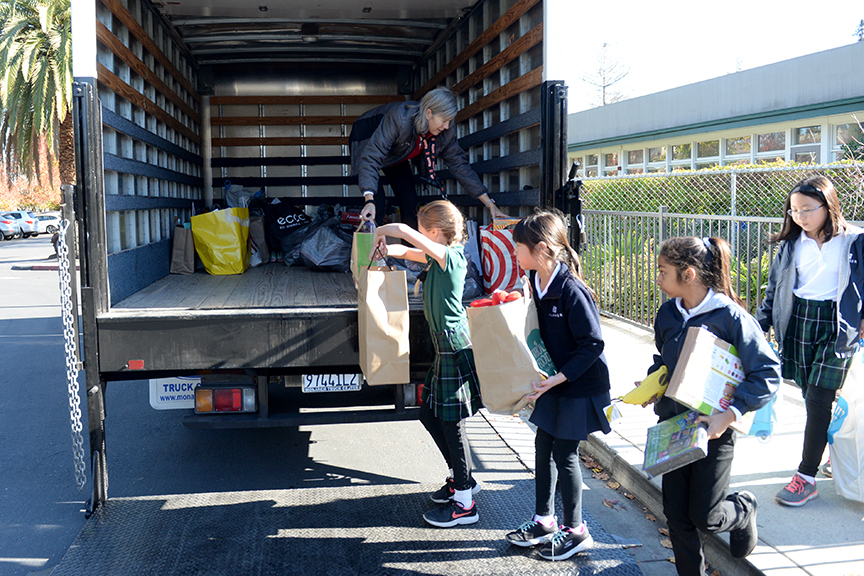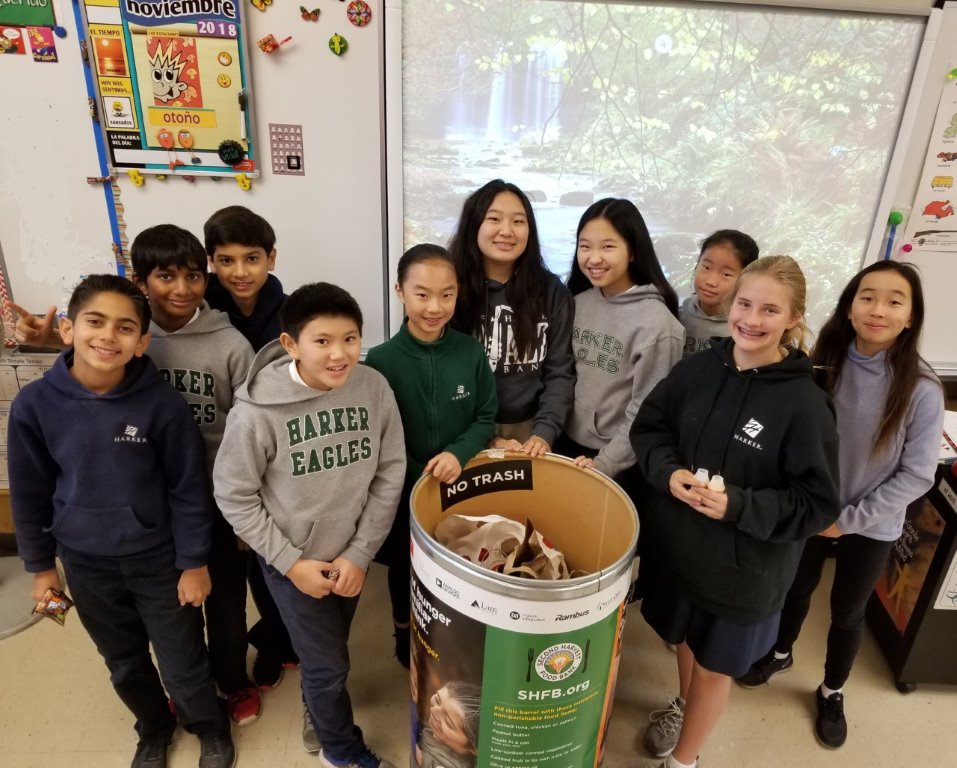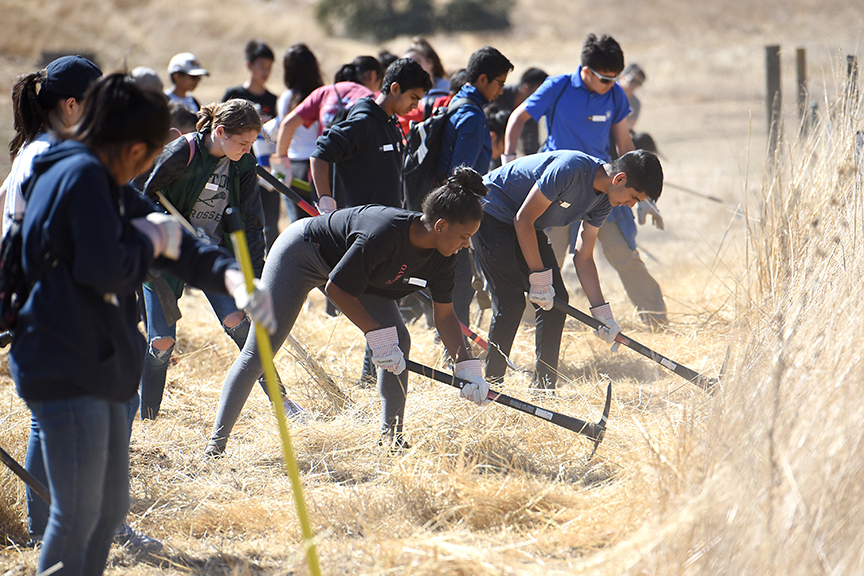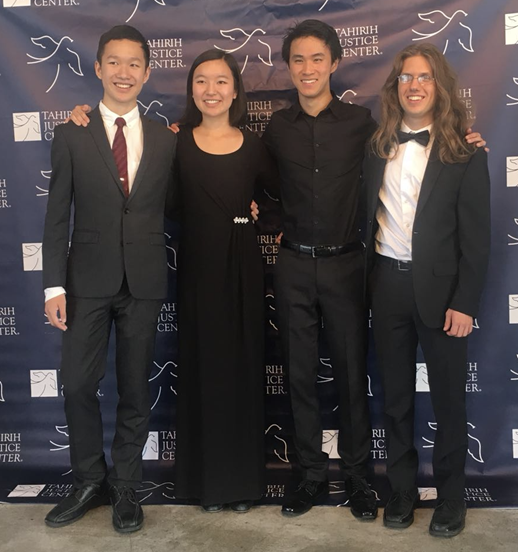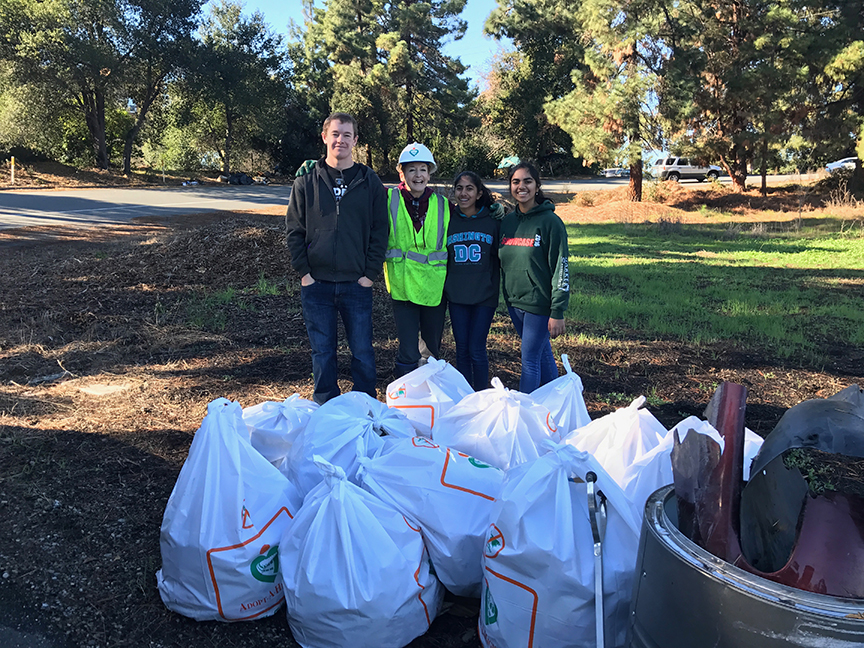topoutreach
Middle school Family Giving Tree drive donates more than 650 holiday gifts
Grade 4 toy drive donates 550 toys, hot chocolate fundraisers benefit Camp Fire victims
Lower school service efforts were in full swing this month as the annual grade 4 toy drive delivered 550 toys to St. Justin Community Ministry in Santa Clara, which every year offers underprivileged families the opportunity to “shop” for toys to give to their children.
Harker Preschool comfy on Pajama Day, collects pajamas for others, too
Students at Harker Preschool brought in pajamas that will be added to the grade 3 pajama drive at the lower school. It was great to see Harker’s youngest students smiling as they made their donations!
MS food drive collects nearly 2,500 items for Second Harvest Food Bank
The middle school concluded its yearly food drive, having collected 2,465 food items for the Second Harvest Food Bank, which each month serves more than 257,000 people in need in Santa Clara and San Mateo counties.
Grade 9 visits Coyote Valley for annual service trip
Senior holds inaugural event for sports nonprofit opening offices in U.S.
Organized by Akhila Ramgiri, grade 12, Harker hosted a basketball tournament as an awareness event for Hi5 Youth Foundation in the school’s athletic center this past weekend.
Sophomore raises $31K from benefit concert with help of recent grads
Andrew Semenza ‘18 and Millie Lin ‘18, at the behest of brother Jason Lin, grade 10, performed for a benefit concert on Aug. 19 along with friend Kevin Zhu, a Bay Area native and world-renown violist. All proceeds went to the Tahirih Justice Center, a national nonprofit committed to serving as many immigrant women and girls fleeing violence as possible.
Highway cleanup a labor of love
Packed with care and sent with love: Canceled picnic prompts community fire relief effort
The Harker community pulled together last week to help those affected by the fires in the North Bay, and had the surprise help of an alumna working in disaster relief.

